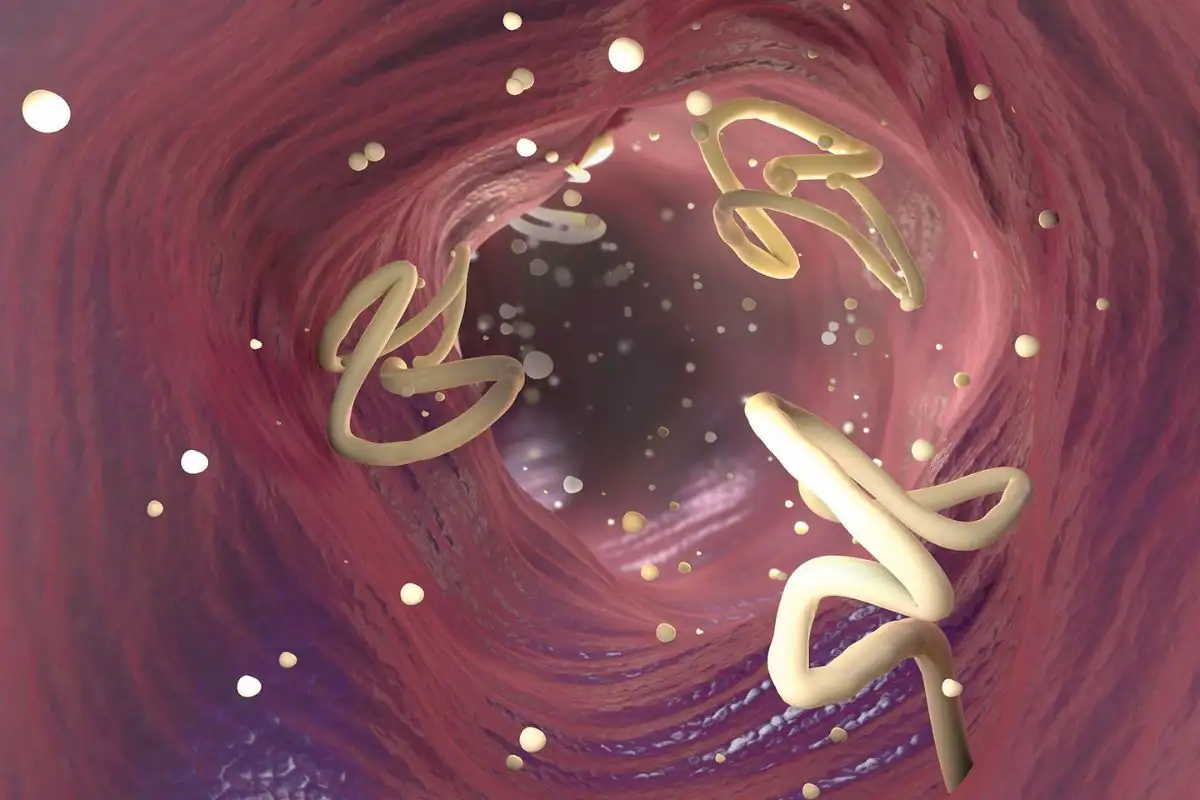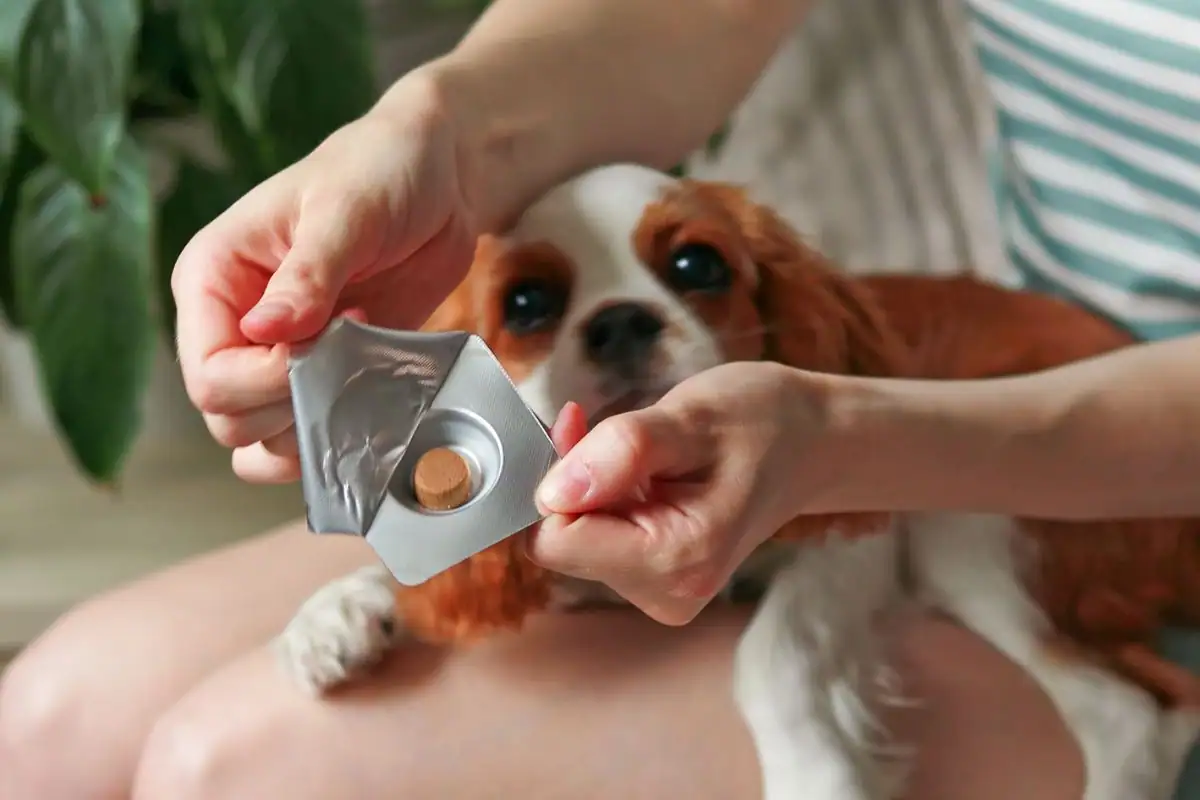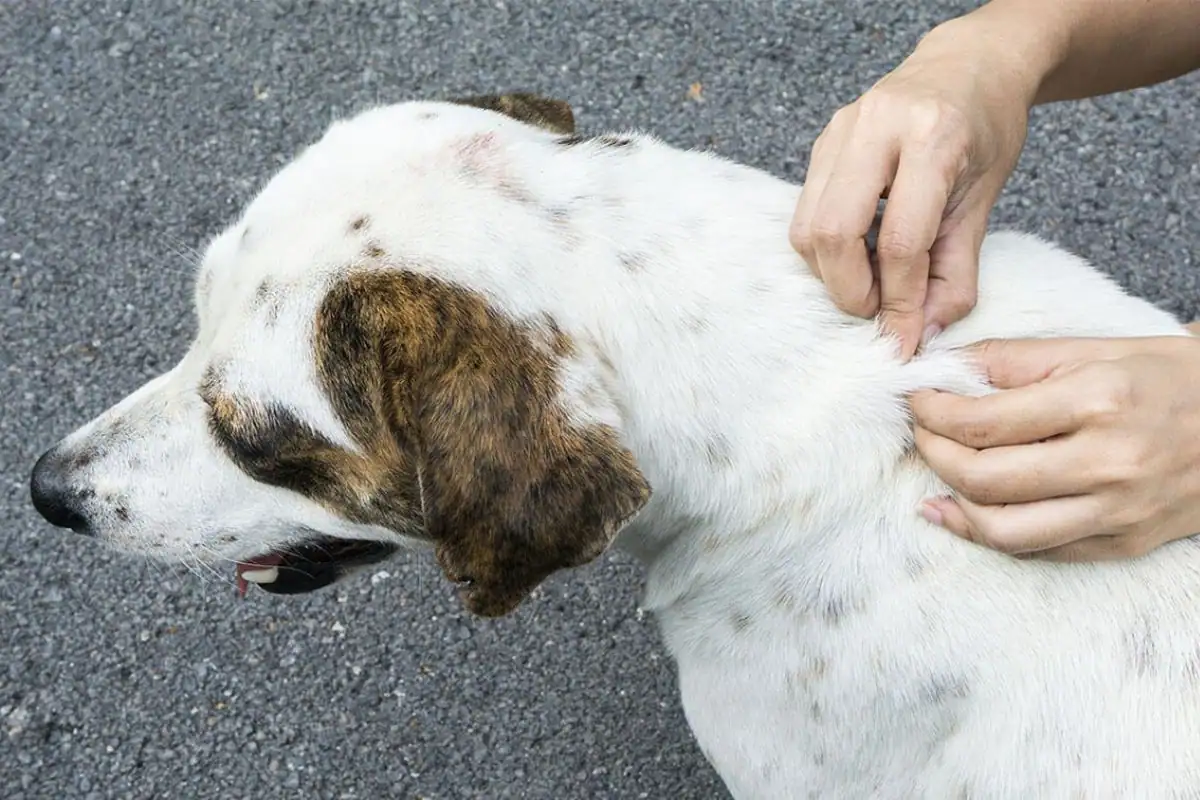Advertisement
Recognizing Tapeworm Symptoms in Dogs
Advertisement
Taking care of your dog means being aware of potential health risks, including tapeworms. These common parasites are easy for dogs to pick up, so it’s essential for responsible dog owners to know what tapeworms are, how dogs can get them, what symptoms to watch for, and what steps to take if an infection occurs.
What Are Tapeworms?
Tapeworms are parasites that live in a dog’s intestines. The most common type found in dogs is Dipylidium caninum, and it’s present worldwide. These parasites use the dog’s digestive system as a host, feeding and growing inside their body.

Advertisement
How Do Dogs Get Tapeworms?
The primary way dogs get tapeworms is through fleas. When a dog grooms itself and accidentally ingests a flea carrying tapeworm larvae, those larvae develop into adult tapeworms in the dog’s digestive tract. In less common cases, dogs can get tapeworms from eating infected small animals like rodents.

Advertisement
Are Tapeworms Dangerous?
While tapeworms can make a dog uncomfortable and affect their overall health, they are generally not life-threatening. The most significant complications include weight loss and a decreased appetite. Most of the time, tapeworm infections are more of an inconvenience, but it’s still important to treat them promptly.

Advertisement
What Are the Symptoms of Tapeworms in Dogs?
Weight loss and signs of discomfort are typical symptoms of tapeworms. Dogs may experience irritation in their intestines, leading to a reduced appetite. One common behavior that indicates tapeworms is scooting, where a dog drags its bottom on the ground to relieve irritation. You might also see tapeworm segments, which look like small, rice-like pieces, in your dog’s feces or around their anus.

Advertisement
How Can I Tell if My Dog Has Tapeworms?
The most apparent sign of tapeworms is scooting. Additionally, seeing tapeworm eggs or segments in the dog’s stool or vomit confirms a tapeworm infection. If you notice these signs, it’s time to take action and seek veterinary care.

Advertisement
What Should I Do If My Dog Has Tapeworms?
If you suspect your dog has tapeworms, visit a veterinarian as soon as possible. Make sure to inform them of any symptoms you’ve observed since tapeworms can be overlooked during a routine checkup. Once diagnosed, the vet will prescribe a treatment to eliminate the tapeworms.

Advertisement
How Is a Tapeworm Infection Treated?
Treating a tapeworm infection is straightforward and effective. Vets typically prescribe an anti-worm, which can be given orally or by injection. This medicine breaks down the tapeworms and their eggs, allowing them to pass naturally through the dog’s bowel movements.

Advertisement
How Can I Prevent My Dog From Getting Tapeworms?
The best way to prevent tapeworms is by preventing flea infestations. There are plenty of flea control treatments available, from over-the-counter options to veterinarian-prescribed solutions. It’s important to be cautious when taking your dog to areas where fleas may be present. After treating a tapeworm infection, make sure to keep both your dog and your home flea-free to avoid reinfestation.

Advertisement
Can People Get Tapeworms From Dogs?
While it’s rare, people can get tapeworms from dogs, but only if they accidentally ingest an infected flea. This is more common in young children who play with infected pets and may not wash their hands afterward. To prevent this, maintain flea control and teach children to wash their hands after handling pets.

Advertisement
What Should I Do if I or My Children Get Tapeworms From a Dog?
If you or a family member becomes infected, see a doctor right away. They will prescribe anti-worm medicine, similar to what is given to dogs. Once treated, ensure your dog also gets checked by a vet to treat any tapeworm infection and address any flea problems. This helps prevent re-infections and keeps everyone healthy.

.png)




